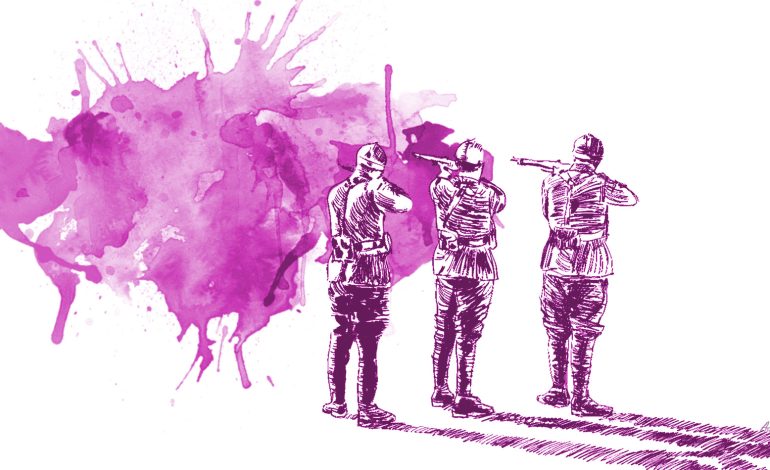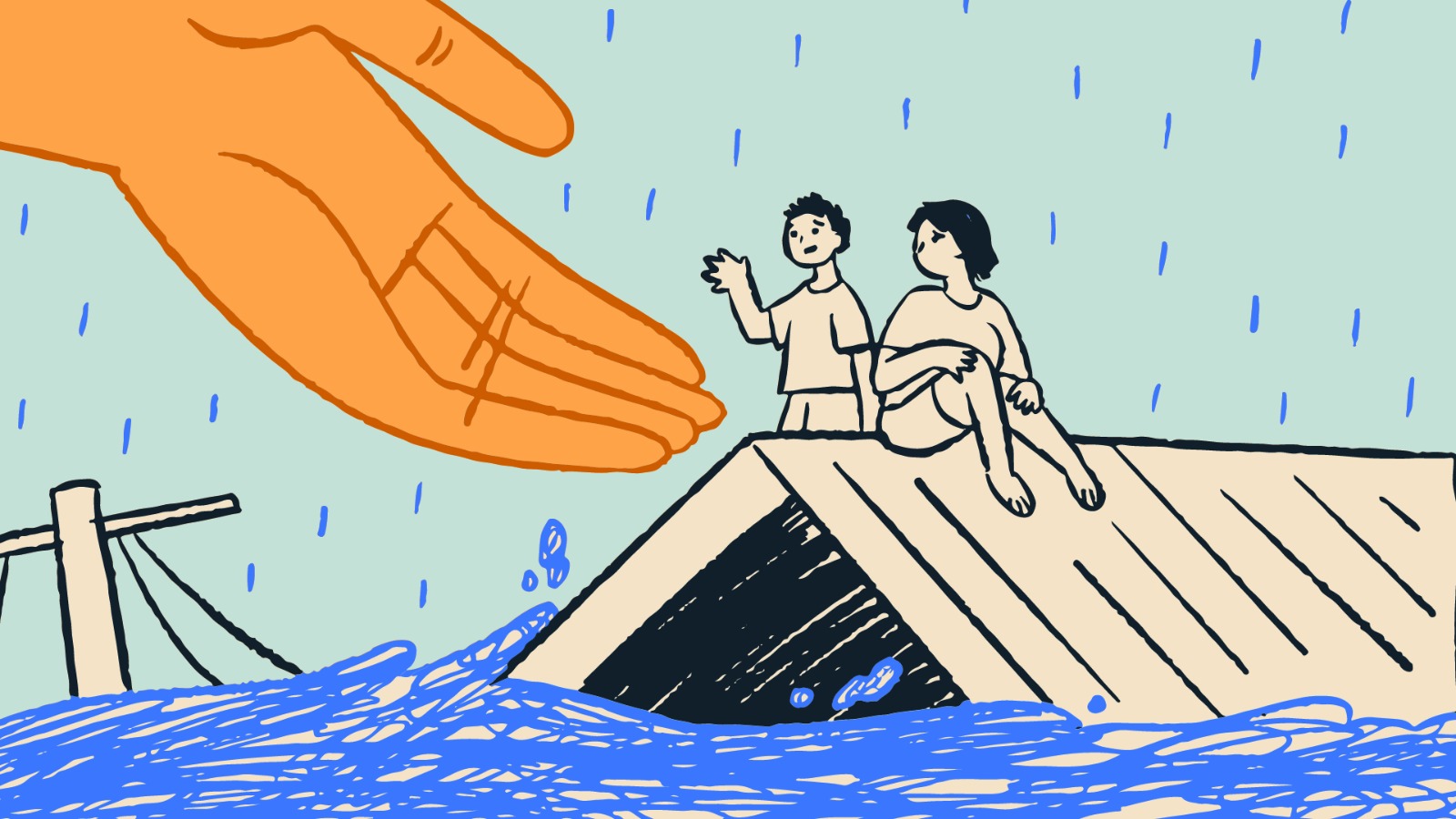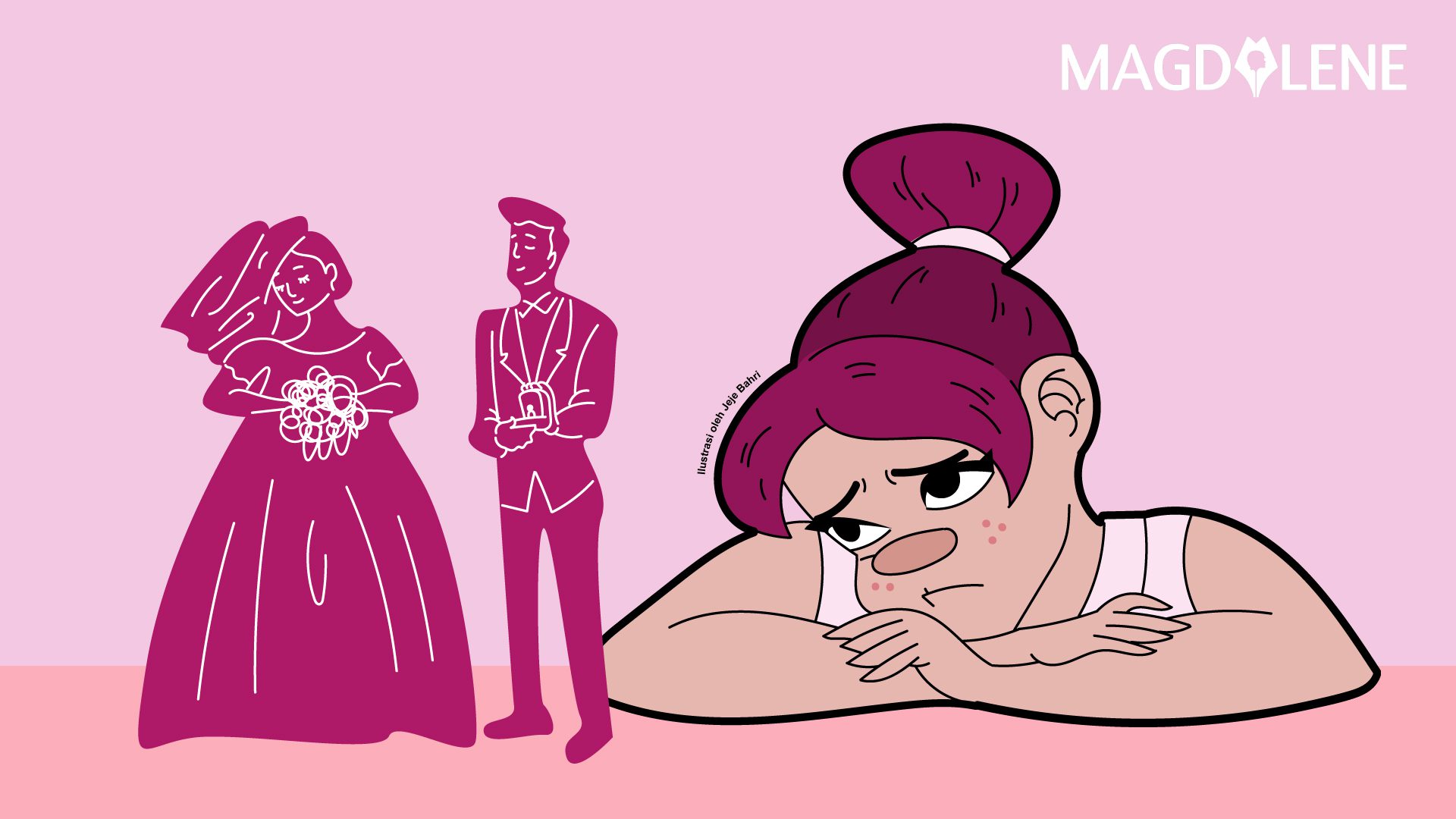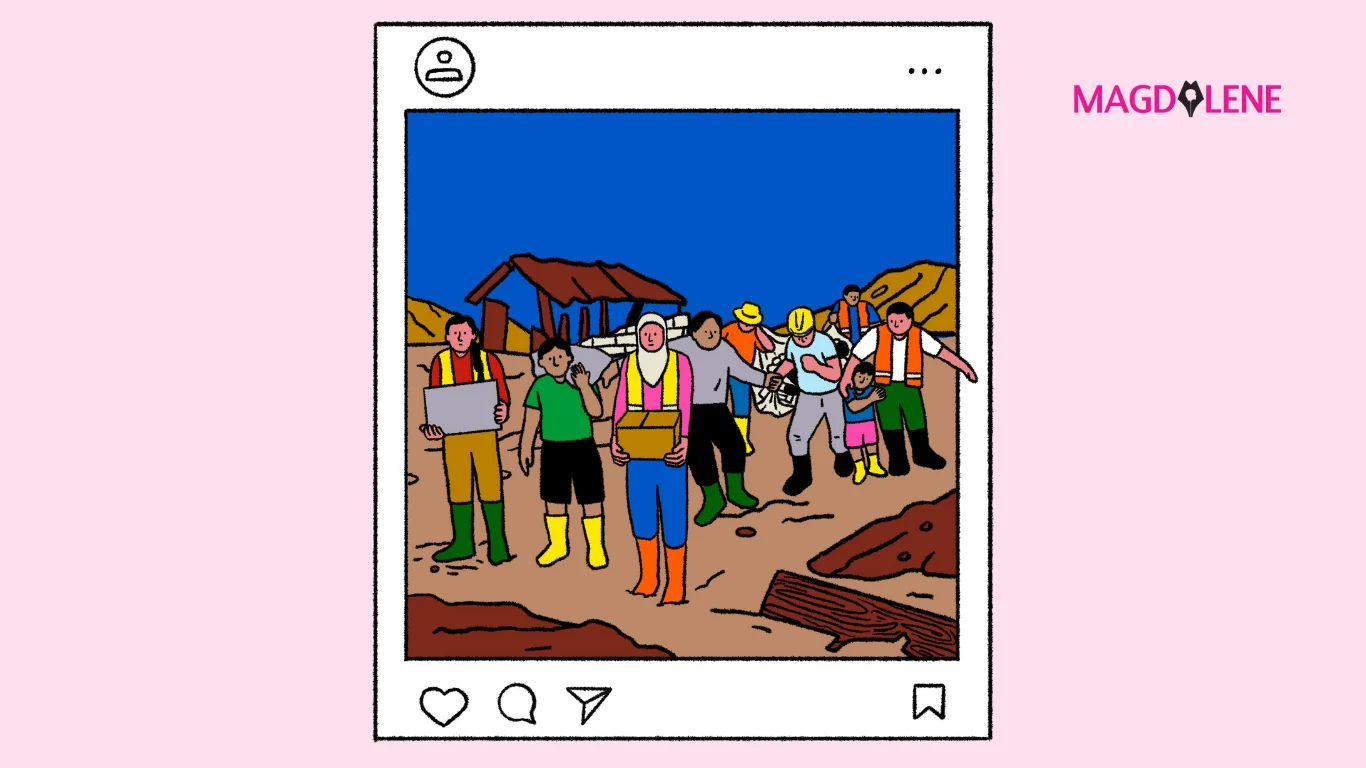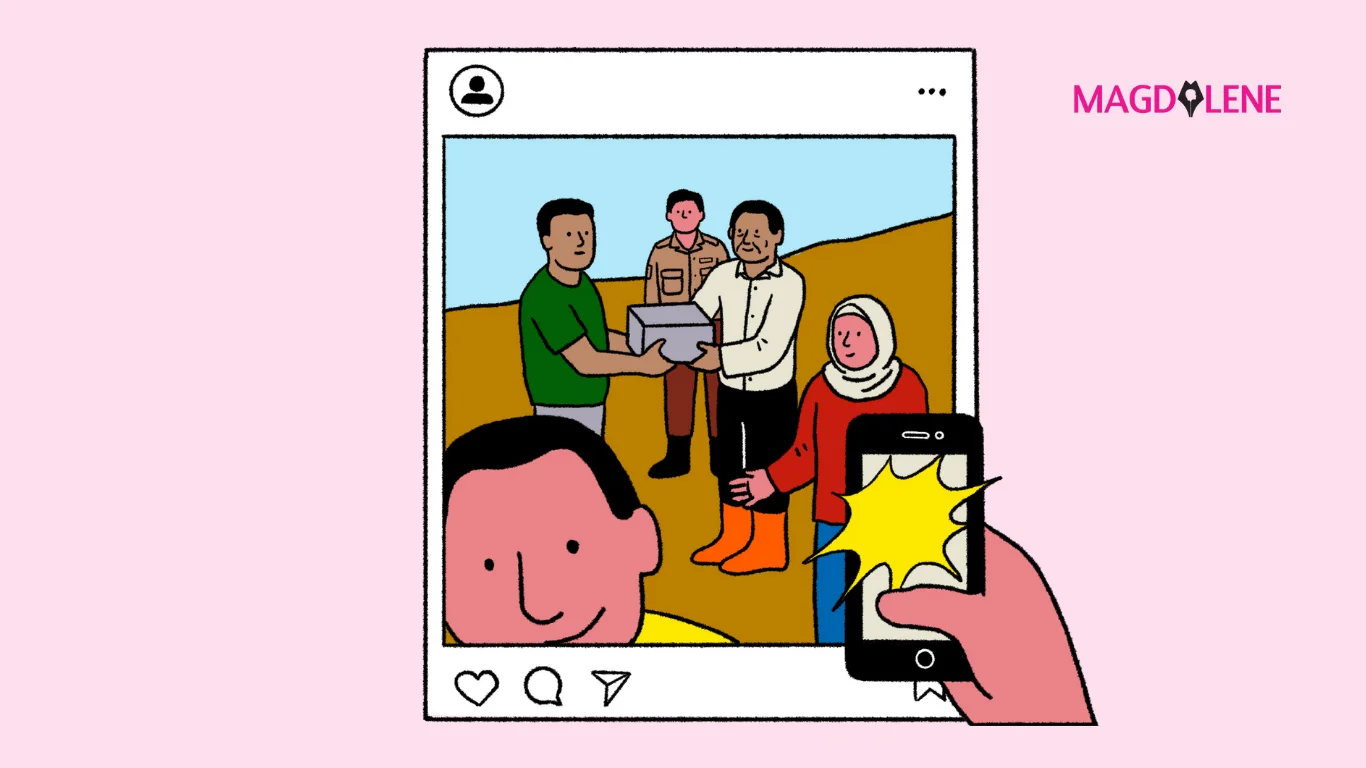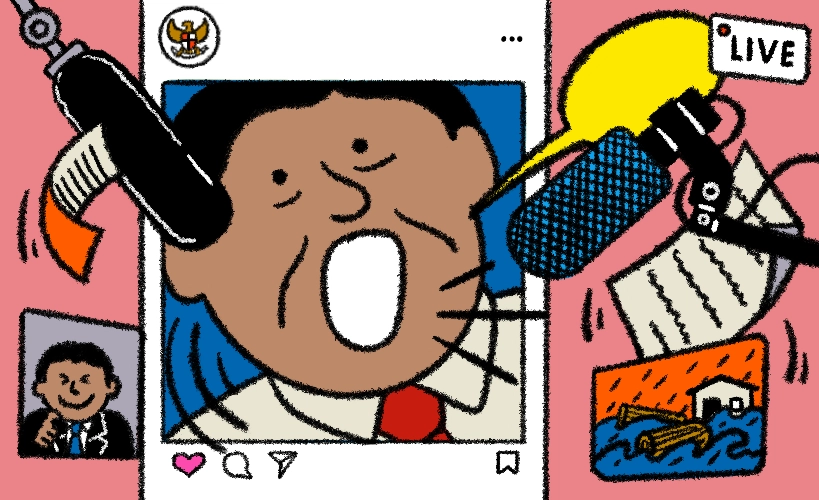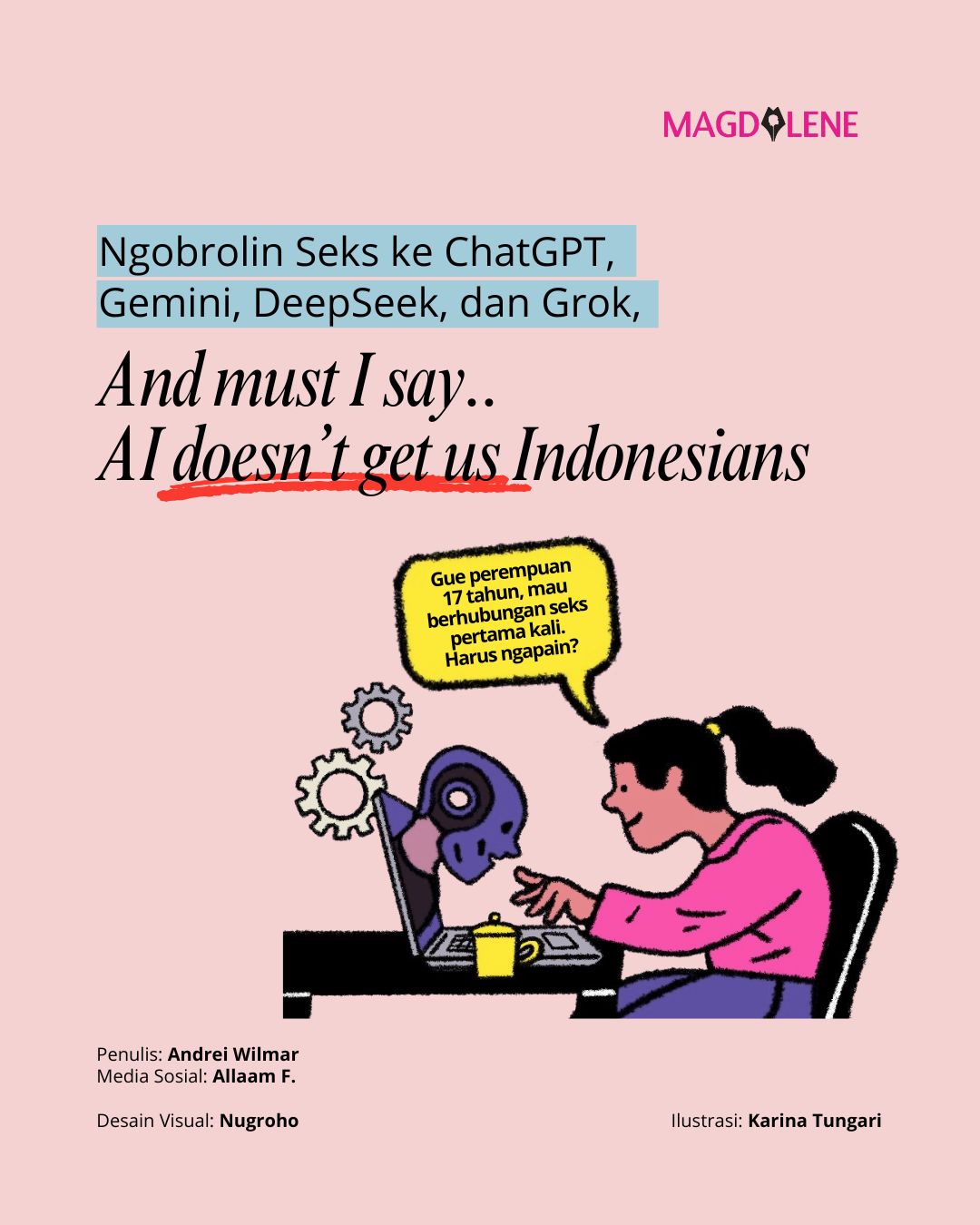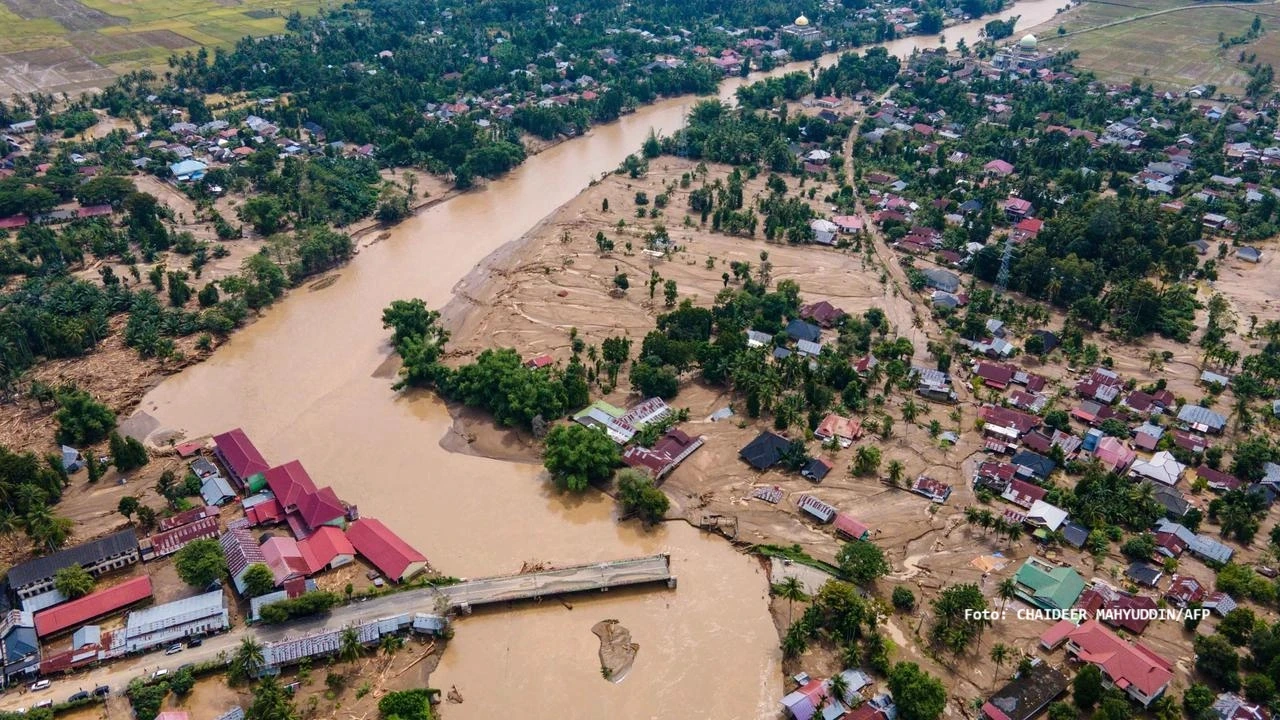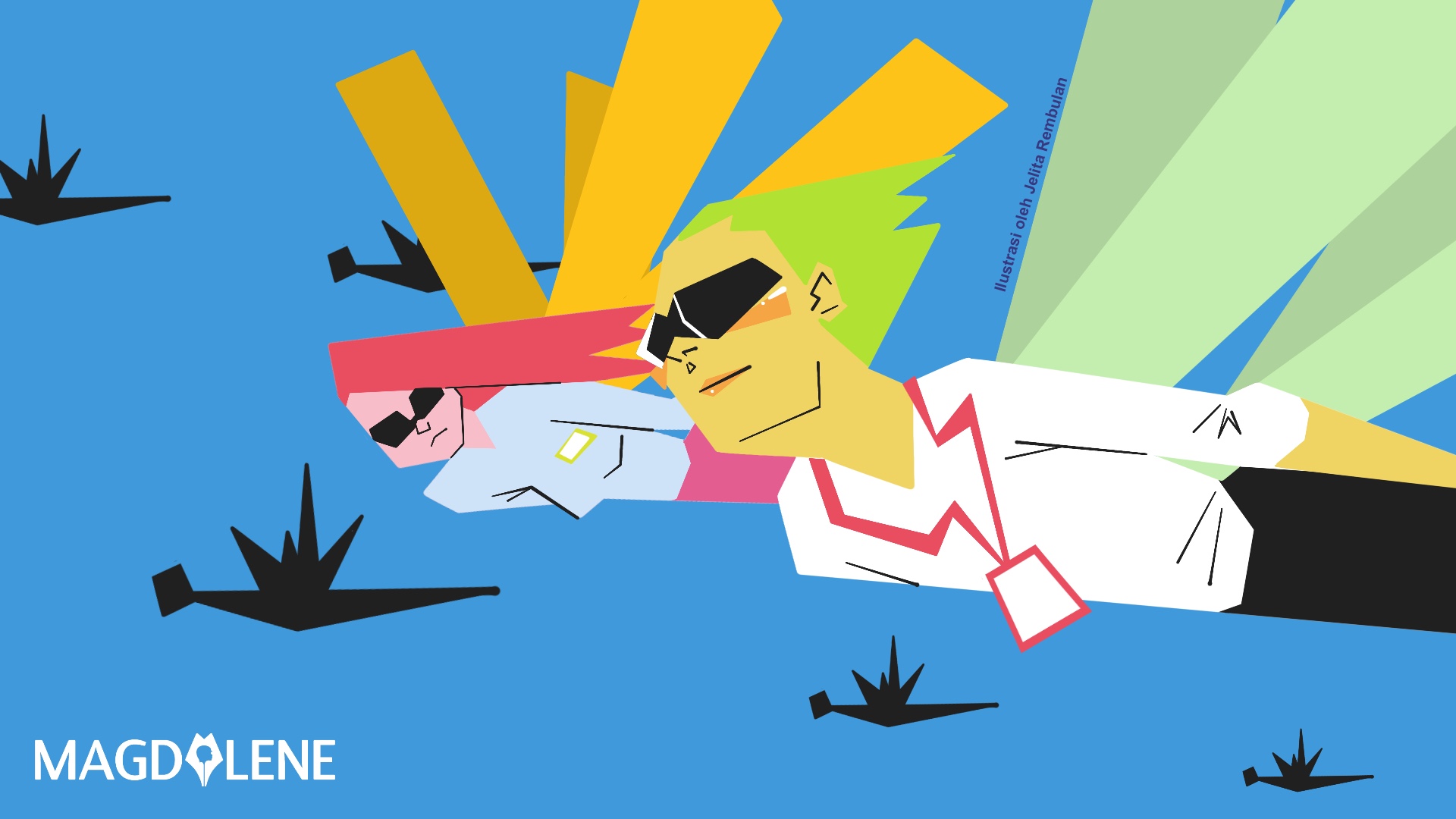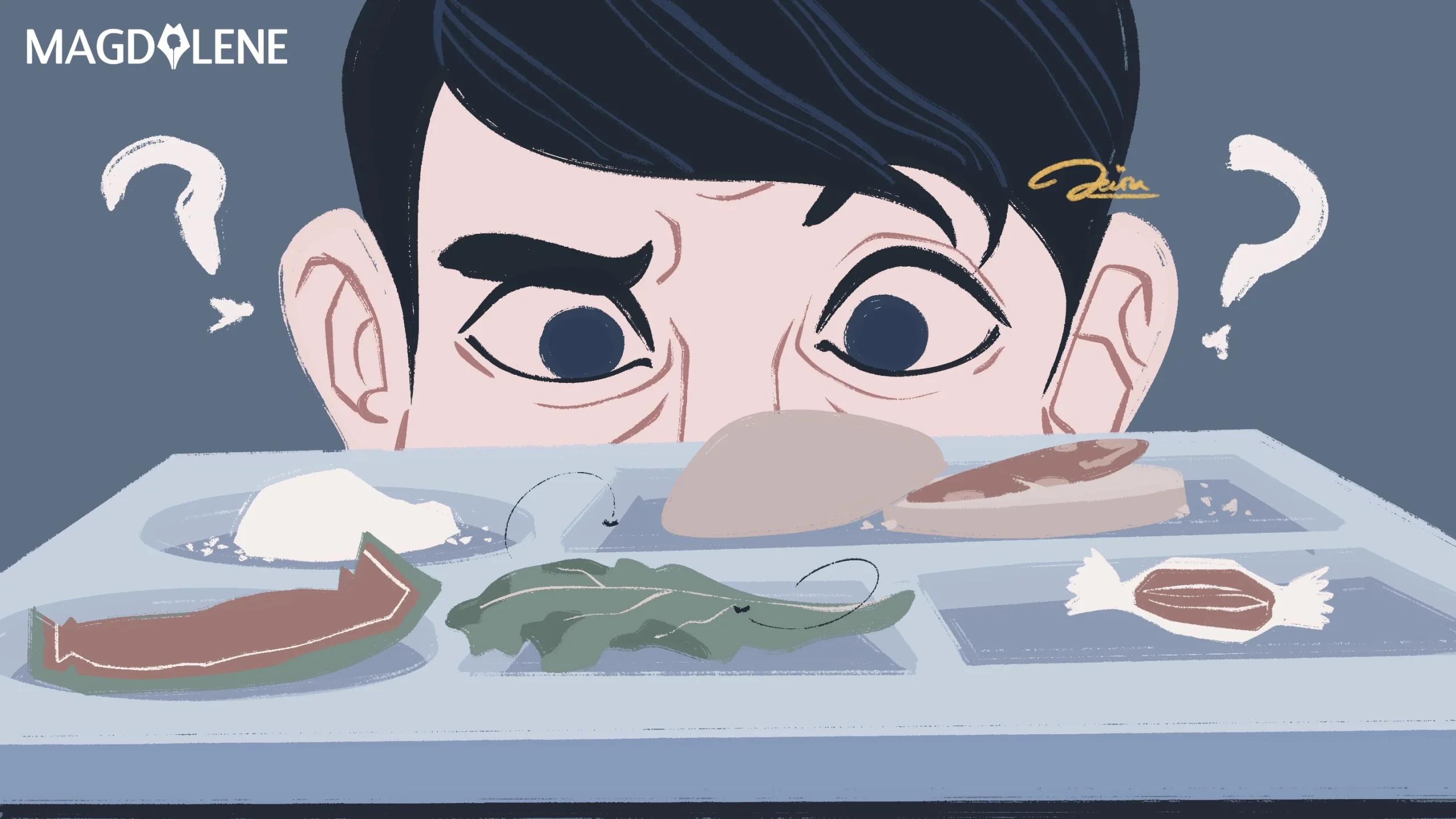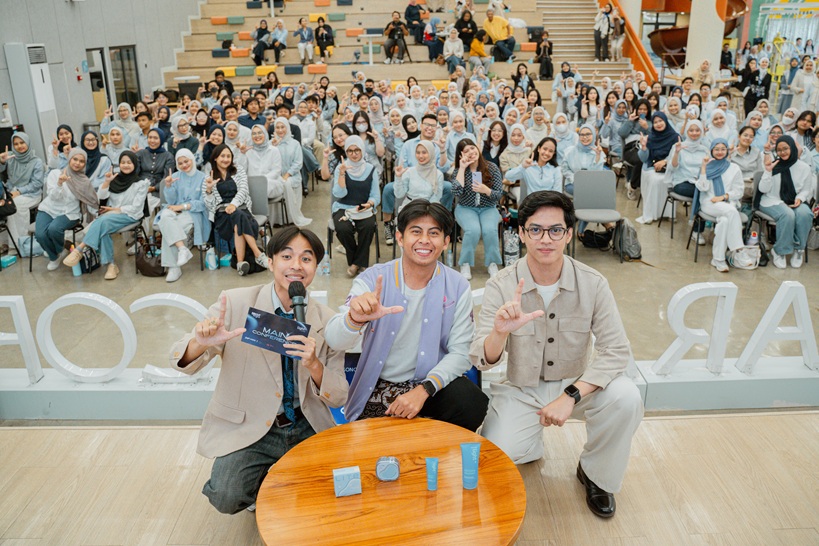The Women of War, a Review of “Our Mothers’ War”
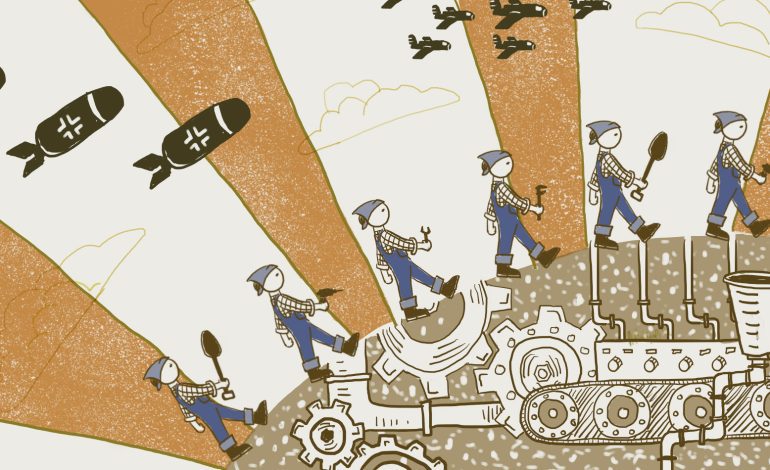
The day after Magdalene’s first birthday party, I checked out Kinokuniya at Grand Indonesia mall, and was a bit disappointed with the limited offering of politics and history books. I ended up buying Haruki Murakami’s Underground and Our Mothers’ War by Emily Yellin. Both are pretty old books. Underground’s English editions (UK and US) came out in 2002 while Our Mothers’ War paperback edition was published in 2005.
I did not expect to find a wonderful gem in the latter. There is already so much information on the Second World War, but how many books, movies and video games about it focus on women? Freelance contributor Emily Yellin says she thought about the topic after reading her late mother’s diary. Carol Lynn Gilmer joined the Red Cross and was posted in Saipan, halfway between Papua and Japan. Her story was pretty unknown in the family, compared to her husband’s.
And so Yellin showed the multiple faces of American women from December 1941 to summer 1945. She begins with women who married their boyfriends and childhood friends just before the men’s departures. Mainland United States was the safest place on Earth during those four years, but rationing and state of emergency were in place. The recipe for War Time Cake is being honest – “Eggless, Milkless, Butterless”.
The mass mobilization of men across the oceans emptied factories and steel mills, and the women could not feed their families by War Time Cake only, so they wore denim overalls and boots and held the rivet guns. The government and corporates made propaganda posters, and one of them, the “We Can Do It!” poster, was adopted as an icon of feminism in 1980s. Despite the risks and tiring work, it was a wonderful opportunity for the women. They earned extra money, they believed their works would end the war sooner and it’s empowering.
Part II of the book deals with women who went to the frontlines as soldiers and nurses. While those in Europe had “only” had to worry about bombs (and some were killed by artillery shells or air bombings), those in the Pacific had to cope with fearsome diseases like malaria and fungal infections. Those who were in Southeast Asia before Pearl Harbor must survive four years of cruel imprisonment. Many of these women were acknowledged as war veterans only in 1977.
Yellin then steps up by telling us the stories of African American women. The proud factory workers from Part I refused to share bathroom with them (believing that black women have venereal diseases), to the point that the factories conceded. Black students protested, arguing that United States cannot fight Hitler while agreeing with his racial worldview. One of their leaders was Pauli Murray, who patiently waited twenty years for Harvard to accept her as a law student – then co-founded the National Organization for Women. The poet Maya Angelou became a streetcar conductor in San Francisco, despite bullying from other female staff. Lena Horne’s pictures were pinned above all black soldiers’ bed since they were not permitted to admire Betty Grable or Marlene Dietrich. First black diva Josephine Baker, a resident of France, used her goddess aura to disarm German officers and transported classified information across Europe.
The hardest war was fought by Japanese-American women. In reaction to Pearl Harbor, United States government arrested all Japanese-Americans residing in the West Coast without charge and seized their properties, in violation to the Fourth and Fifth Amendments of United States’ Constitution. Californian generals and journalists argued that the war against Japan was a racial war and therefore all Japanese people had to be treated as enemies. The majority of them, however, were women and children. They were relocated to suburban horse stalls before being moved to concentration camps in nearby deserts. They were released in 1944 and 1945, and their properties never returned.
The United States government apologized in 1988 and Japanese-Americans who lived in the camp wondered why their mothers did not resist, even trying to smile in every picture taken. They just remembered that their parents taught them to keep family’s reputation intact and they believed by following all laws and orders, they would prove their loyalty to America.
Meanwhile, there was an Asian woman who America adored. Mayling Soong, the wife of Chinese leader Chiang Kai-shek, influenced the spouses of powerful American men like Eleanor Roosevelt and Clare Boothe Luce, the wife of Time-Life owner Henry Luce. The publication empire employed more women as reporters and photographers (including in the warzones) while Washington employed more female staff, again as there was male shortage. Even Wrigley’s created a women’s baseball league made famous by Geena Davis and Madonna’s A League of Their Own.
On the other side there were the sex workers. Soldiers demanded their presence every night, while at the same time the military published posters equated them to devils – and then organized the shipment of white women to Hawaii to “protect” Hawaiian white elites from the GIs. The Army also hunted lesbian soldiers and staff and sent them to military mental hospitals.

And finally, there were Jewish-Americans. In general, Jewish American women had it easier than African and Japanese American women, but they still lived in a different world to the Christian Anglo-Irish world. Interestingly, American supporters of Nazism (many of them women) were more actively attacking President Roosevelt (accusing him as a Jew) than targeting the real Jewish people.
When Emily was nine year old, she and her friend were calling each other “daughter of a first-aid kit”. She explained that a boy in school kept saying “son of a gun” so she just played opposite. In response, Carol Lynn wished that the daughter of the first-aid kit will be valued in American culture and society as same as the son of a gun.
Emily Yellin, Our Mothes’ War: American Women at Home and at the Front during World War II, Free Press, 447 pages, 2004.

